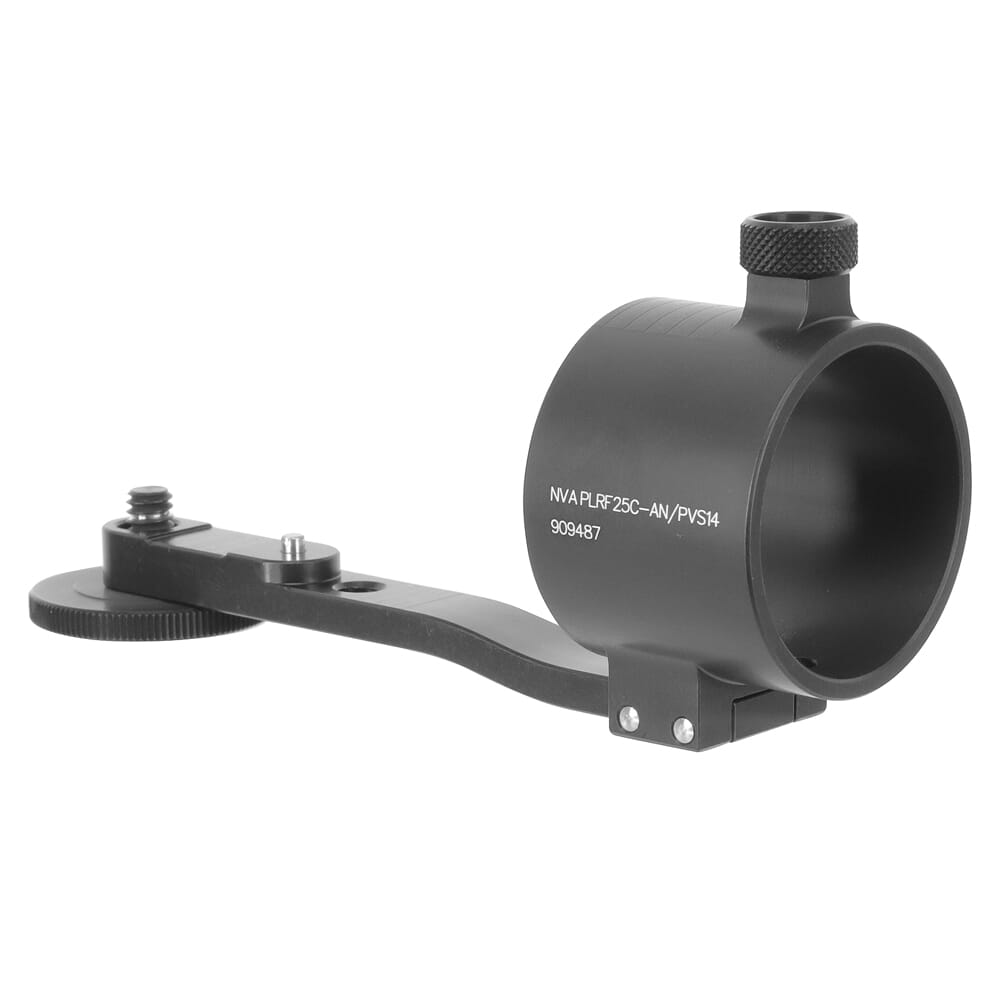Hi,
I just bought a new clip on night vision device (eotech) for my AI chambered in 338 lapua.
My aim is to take 1000+ yard shorts in the night. I believe the clip on night vision will be able to identify targets at extended ranges with correct IR illuminator. However one question I have not found an answer to, is how to find distance to targets in the night? Is my only option to use inbuilt reticle in the scope or are there smarter/betters devices/solutions? I do have a laser range finder, but not sure if that can work in the night.
thanks
harjeet
I just bought a new clip on night vision device (eotech) for my AI chambered in 338 lapua.
My aim is to take 1000+ yard shorts in the night. I believe the clip on night vision will be able to identify targets at extended ranges with correct IR illuminator. However one question I have not found an answer to, is how to find distance to targets in the night? Is my only option to use inbuilt reticle in the scope or are there smarter/betters devices/solutions? I do have a laser range finder, but not sure if that can work in the night.
thanks
harjeet




